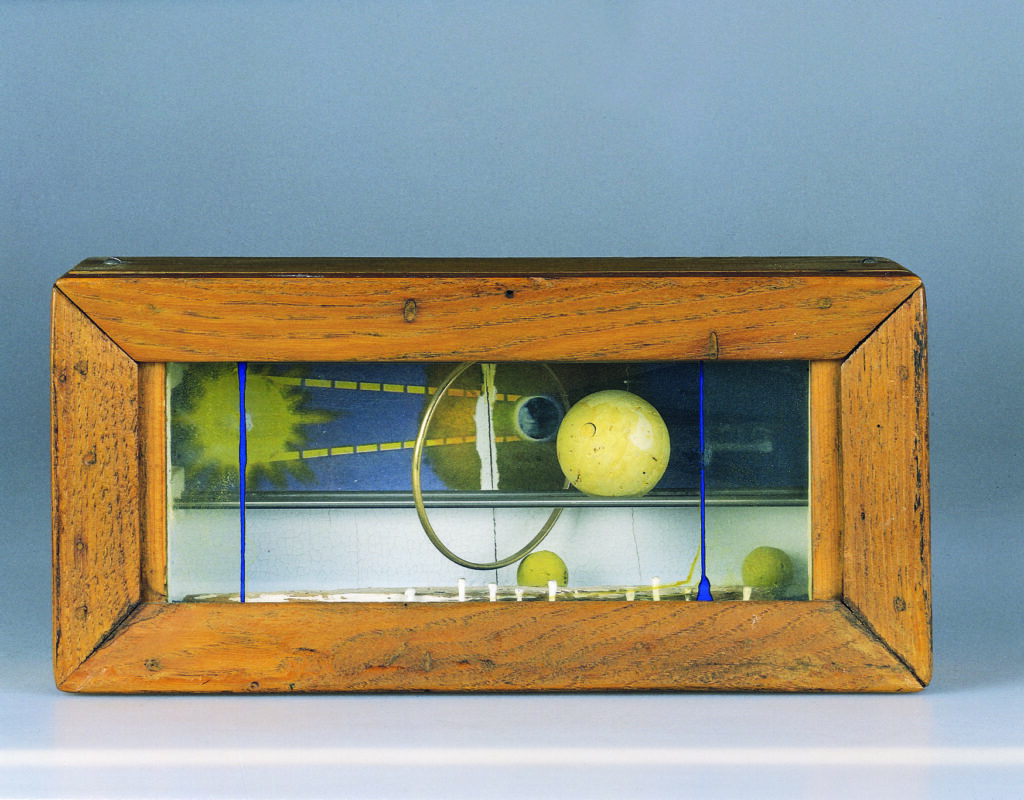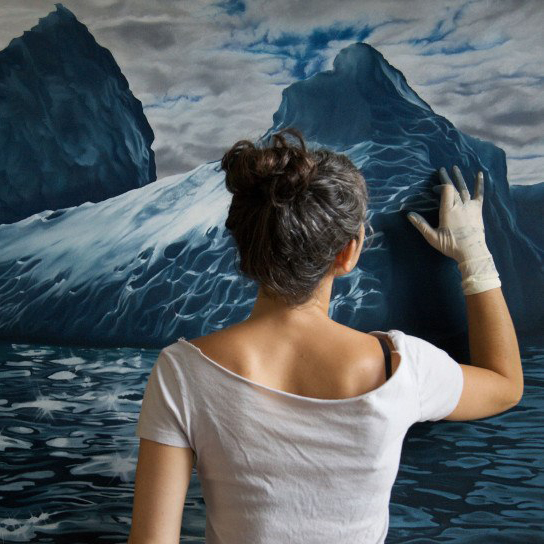
1. Composition VIII by Wassily Kandinsky, 1923
It’s only a theory, but six solar eclipses occurred between 1921 and 1923, two of which occurred in the year Kandinsky created Composition VIII. Could an eclipse have inspired the circles in the left corner of this composition? The black circle with the warm halo is easily connected to the solar eclipse phenomena. Circles, in particular, were a recurring feature in his work. At the very least, we know Kandinsky likened circles to the cosmos.

2. The Eclipse by Alma Thomas, 1970
Unsurprisingly, Alma Thomas created this piece based on a total solar eclipse on March 7, 1970. It was part of a larger series of “Space Paintings,” which covered space themes like rocket launches and the moon landing. Thomas was known for using color and abstraction to convey a sense of energy and movement.

3. Eclipse of the Sun by Roy Lichtenstein, 1975
Eclipses have continued to feature in paintings throughout art history, but in more contemporary times, they are used more for their aesthetics than to convey any religious meaning or scientific interpretation. Lichtenstein may have been inspired by two total lunar eclipses in 1975, one on May 25 and another on November 18.

4. Earth Eclipse by Joseph Cornell, 1960
As America embarked on the race to the moon, artist Joseph Cornell was keenly interested in celestial explorations, as expressed in his assemblages. As a teen, Cornell developed an appreciation for astronomy and stargazing.

5. Sumach Leaves Laid Around A Hole by Andrew Goldsworthy, 1998
While not directly created as an artwork inspired or meant to represent an eclipse, Goldsworthy’s Andy Goldsworthy’s ephemeral works are temporary sculptures lasting only a moment, incorporating materials collected on site. They use nature and reflect nature and, in this instance, feel universal. The colors and contrast echo an eclipse.




